Building Collapse Search and Rescue Training and Operation at RCL
Previous
Next
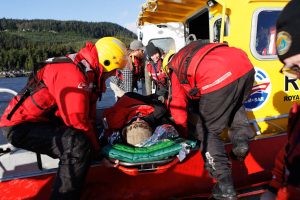
Building collapse search and rescue at RCL
Building collapse search and rescue training focuses on assessing the site, locating victims, and safely extricating them, while operations involve a multi-phase process of size-up, search, and rescue. Key elements include hazard assessment, use of specialized equipment like search cameras and listening devices, and techniques for structural stabilization through shoring and breaching. The overall goal is to save lives by using acquired knowledge and skills to protect people during their worst days
Our Building collapse [search and rescue] Support include:
- Training: Courses cover the theory and classification of collapses, tactics, and modern methods for locating and rescuing victims. They include practical exercises on reconnaissance, structural stability assessment, ensuring rescuer safety, and using rescue tools.
- Operations: These consist of three main parts:
- Size-up: Assessing the building’s stability, hazards (like gas leaks, downed power lines), and determining a safe action plan.
- Search: Locating victims by visually searching for signs of life, listening for sounds, or using specialized tools like search cameras to find voids where people might be trapped.
- Rescue: The procedures and methods to safely extricate victims from the debris, which may involve creating access points and providing medical care.
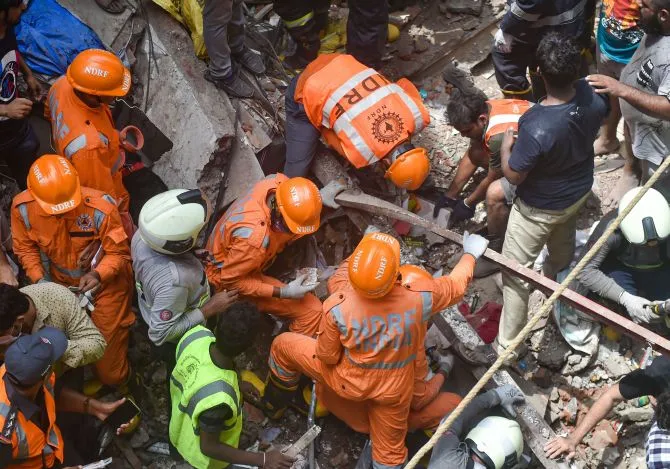
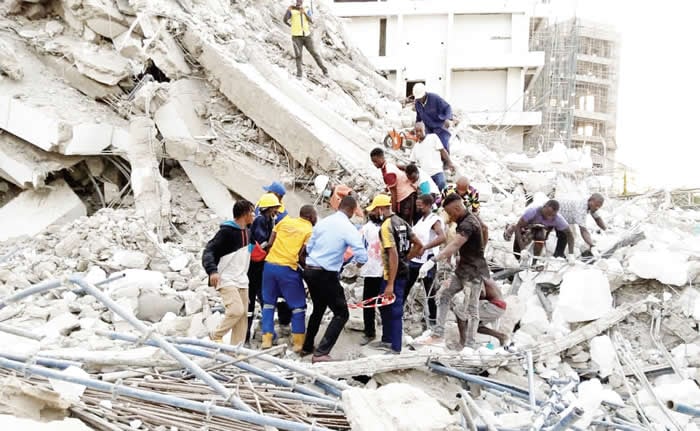
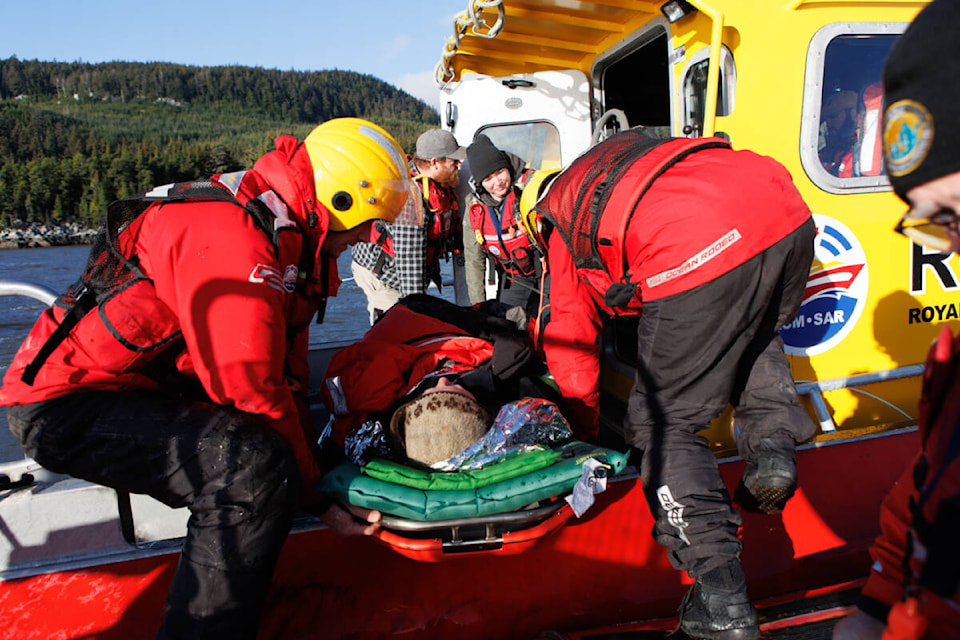
Key training and operational components at RCL
- Personal Protective Equipment (PPE): Training emphasizes the use of protective gear, including suits, gloves, masks, and air quality monitoring systems.
- Structural assessment and stabilization:
- Trained personnel analyze the building’s damage to determine the risk of further collapse.
- Techniques like shoring, using systems like the 3-4-5 triangle, are used to stabilize structures and create safe working areas.
- Rescuers are taught to avoid returning collapsed structural components to their original configuration and must ensure shoring is never removed once in place.
- Search and location technology:
- Search cameras: These are fed into small openings to view trapped victims and their condition.
- Listening devices: Sensitive sensors are used to detect sounds made by buried victims.
- Access and extrication:
- Operations may involve cutting holes in floors or using a “shaft approach” for safer access compared to breaching walls.
- Breaching and shoring may be required to reach victims.
- Providing supplies like water through access holes is also a key technique.
- Safety and accountability:
- A safety officer is designated for the operation.
- Strict accountability systems, such as PAR (Personal Accountability Report) and roll-calls, are used.
- Medical management is a central focus, ensuring the patient’s well-being is the priority throughout the operation.
Collapse Search and Rescue Operation: Tactics and Procedures
- Safety First
Rescuer safety is paramount. The environment is unpredictable: secondary collapse, falling debris, unstable structural members, utilities hazards (gas, water, electricity), dust and toxic atmosphere. - Size-Up and Assessment
Before beginning any rescue or entry, a size-up must assess the collapse condition: what type of structure, voids, stability, hazards, resources available. - Use of Voids
Voids (empty space created by collapse) are high-priority because they offer the highest chance of survivors. - Shoring / Structural Support
Before people enter or while operating in/around collapse zones, shoring/cribbing or other support systems are used to prevent secondary collapse and make the environment safer. - Coordination and Organization
Teams must be clearly defined (search teams, support, shoring, tool/equipment, safety, etc.). - Continuous Monitoring
Conditions change — structure movement, gas leaks, temperature, stability.
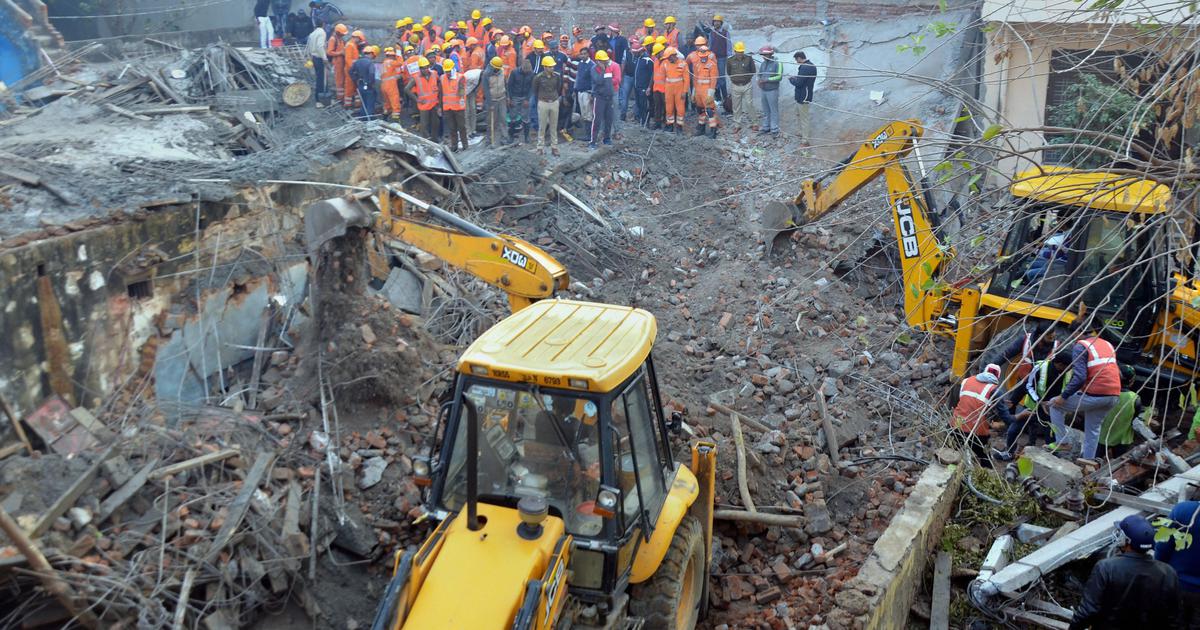
Who We Serve
- Federal and State Ministries, Departments and Agencies (MDAs)
- Hospitals, Clinics, and Public Health Institutions
Educational Institutions and Training Academies - Aviation, Maritime, Oil and Gas, and Transport Sectors
Security, Defense, and Law Enforcement Agencies
Take Action
- View Training Calendar – [Access Schedule]
Register Your Agency/Organization – [Training Registration Portal]
Request Custom Training or Operational Support – Contact us at
training@emergencyresponse.org.ng - EmergencyResponse.org.ng – CPR, First Aid, AED & BLS Division
Empowering Institutions. Saving Lives. Strengthening National Resilience.
